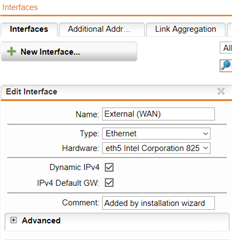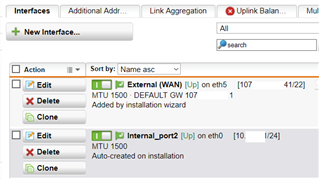Hi there, i seek advice on how to set up an UTM behind an existing Archer C7 WLAN router, that is connected to the WAN of an existing cable modem (no special functions like wlan, just providing internet and connected with an ethernet cable to the WLAN router).
I would like to try out the UTM, which I install on a spare PC that has a build in NIC and - if neccessary - an additional USB to RJ45 adapter.
My goal is to have all the traffic from all my devices routed through the UTM instead through the wlan router. I have plenty of wlan devices, and some LAN devices. How can in configure the wlan router, in order to keep using it for wlan? i do not want to replace it with an additional AP, because the wlan signal and speed of the archer c7 wlan router is quite good.
Can I turn of the DHCP server on the wlan router, and have it enabled in the UTM in order to have the wlan devices connect to the wlan router, but have their traffic routed through the UTM?
The WLAN router has the following functions: DHCP server, DYNDNS login, static ip reservation of ip addresses via MAC address, and then the standard NAT function and basic "firewall" functions that are build in the normal tp-link routers.
This thread was automatically locked due to age.





